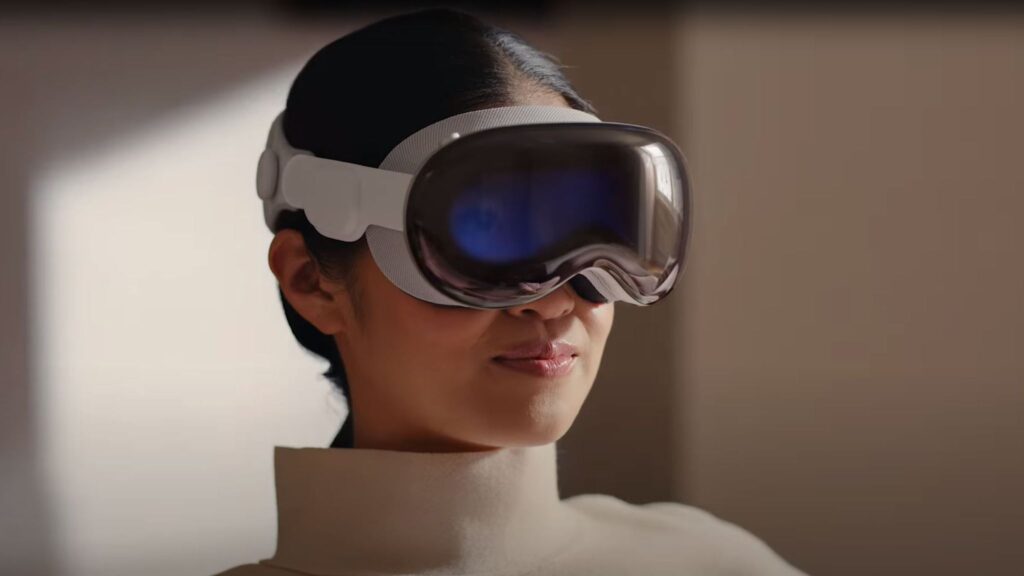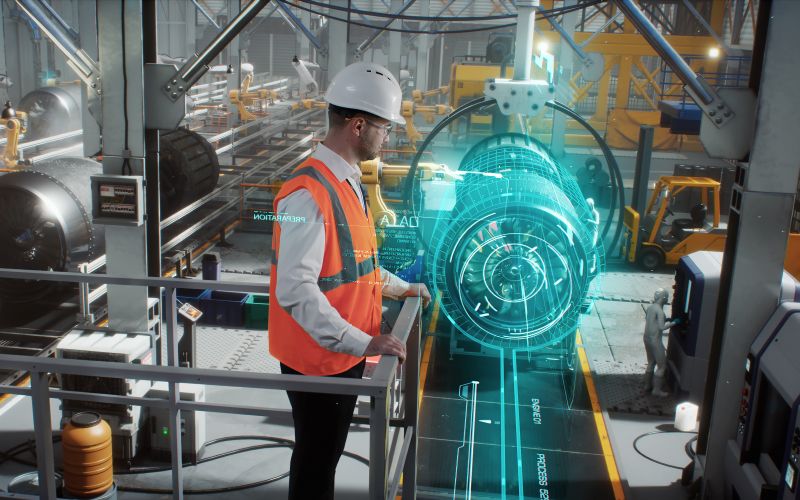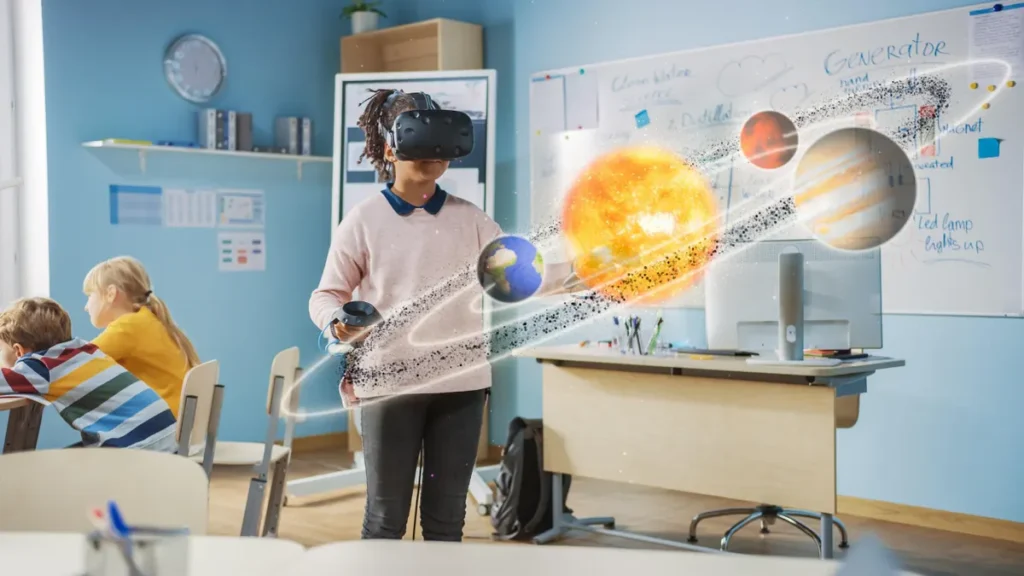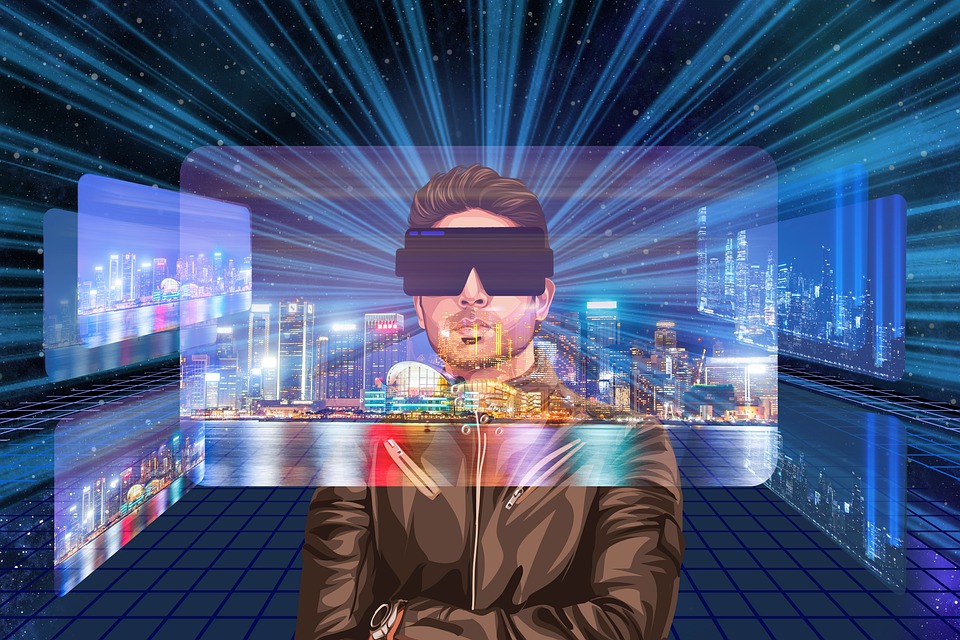Apple Vision Pro: Revolutionizing the Future of Augmented Reality.
Apple Vision Pro is a new augmented reality (AR) headset that was announced by Apple on June 6, 2023. The headset features an ultra-high-resolution display system, an advanced Spatial Audio system, and a Persona feature that allows users to reflect themselves as a digital representation during FaceTime calls. Apple Vision Pro is available for purchase starting at $3,499. Key Features Use Cases Apple Vision Pro can be used for a variety of tasks, including gaming, productivity, and education. For example, gamers can use Apple Vision Pro to play AR games that are more immersive and realistic than traditional video games. Productivity users can use Apple Vision Pro to collaborate with colleagues in real time, view and edit documents in 3D, and create presentations that are more engaging and interactive. Educators can use Apple Vision Pro to bring their lessons to life, provide students with hands-on learning experiences, and assess student learning in a more engaging way. Future of AR Apple Vision Pro is a powerful new device that has the potential to change the way we interact with computers. It is still early days for AR, but Apple Vision Pro is a significant step forward in the development of this technology. As AR technology continues to develop, we can expect to see even more innovative and exciting ways to use Apple Vision Pro. Learn More If you are interested in learning more about Apple Vision Pro, visit the Apple website. Apple vision pro will revolutionize following fields:
Apple Vision Pro: Revolutionizing the Future of Augmented Reality. Read More »





